
It is the opinion of Robert Guyton that “Forest Gardening is the ideal model of human-plant cooperation”.
His 25-year-old food forest on the south coast of New Zealand beautifully endorses the claim with its consistently abundant food harvests and ever-increasing bio-diversity and soil fertility from minimal management and zero outsourcing.
A shining example of what can be enjoyed when we allow nature to lead the way!
Robert would like to see as much as possible of his country reforested: “I believe that a multitude of human-managed, biologically-diverse, mixed forests are essential for humankind’s survival into the future”.
Our climate and nature crises are crying out for doable solutions and Robert’s forest garden is a straightforward model that can be replicated and scaled up around the world to capture carbon, release oxygen, increase biodiversity, stabilise soil, and provide us with food, shelter and tools.
Humans have always forest gardened.
It’s nothing new and we are very suited to it. However, in more recent times the majority of our food has been harvested via a tight control of nature. To modern generations, forest gardening represents a profound change of approach to our relationship to plants and our interaction with them.
“A forest garden looks different from other forms of plant management; its increased 3-dimensionality, complexity, diversity and naturalness create a ‘wild’ environment that challenges our modern gardening aesthetic,” says Robert.
Good food forests benefit from careful design, but once established require little input or management and are truly sustainable.
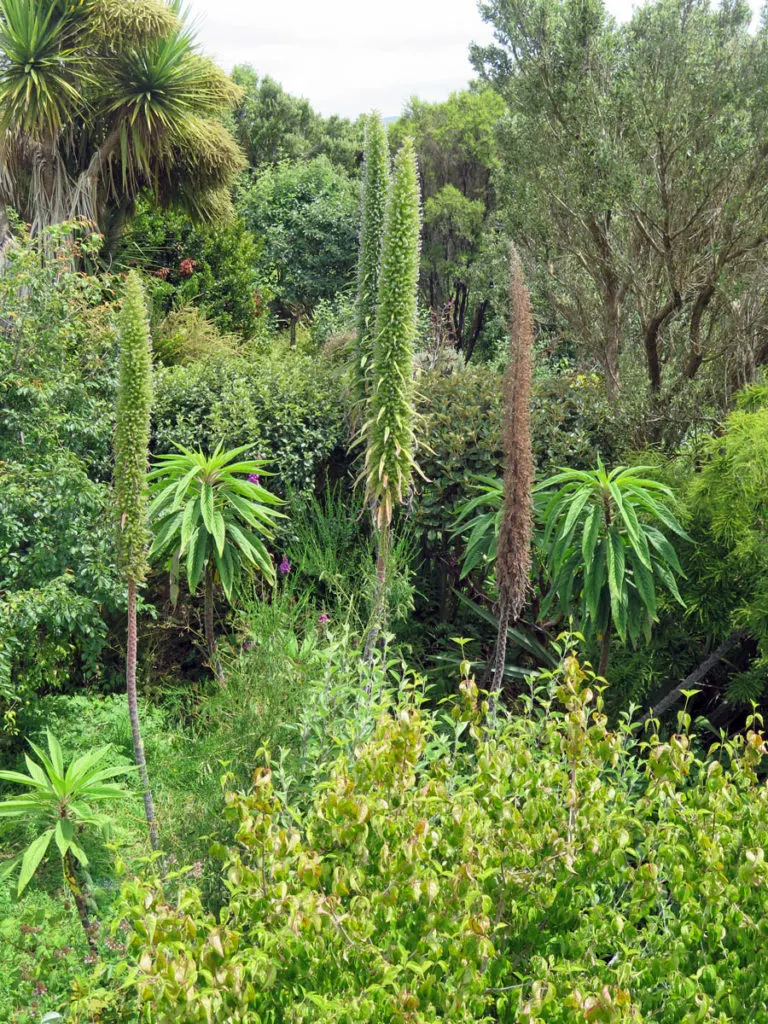
When Robert and his partner Robyn bought the one-hectare site 25 years ago it was long-neglected and overgrown with leguminous shrubs and brambles.
The Guytons quickly set about planting the majority of the plants we see there today. More have found their own way in through natural seed dispersal processes, greatly increasing the complexity of the forest.
Robert estimates the number of different plant species within his forest to be in the thousands.
“There seems to be no limit as to what the forest garden will make room for and I am always on the lookout for new plants,” he points out.
One of the fundamental elements of the Guytons’ forest design was the planting of a framework of wind-tolerant native trees and shrubs around the edges of the site to establish shelter from the cold wind that blows in from the nearby ocean. Parabolic waves of these tough plants were also planted through the whole property.
“In the spaces between, we planted fruit trees and created an understory of biennial flowering plants, bulbs and fruiting bushes beneath those. Lastly, we grew fruiting vines of various sorts up and through the forest,” comments Robert. “There is a stream and a creek at the eastern edge of the garden and those are clothed in native trees and ferns, making a more shaded and cooler space that suits native birds, insects and fungi more than the brighter fruit-tree areas.”
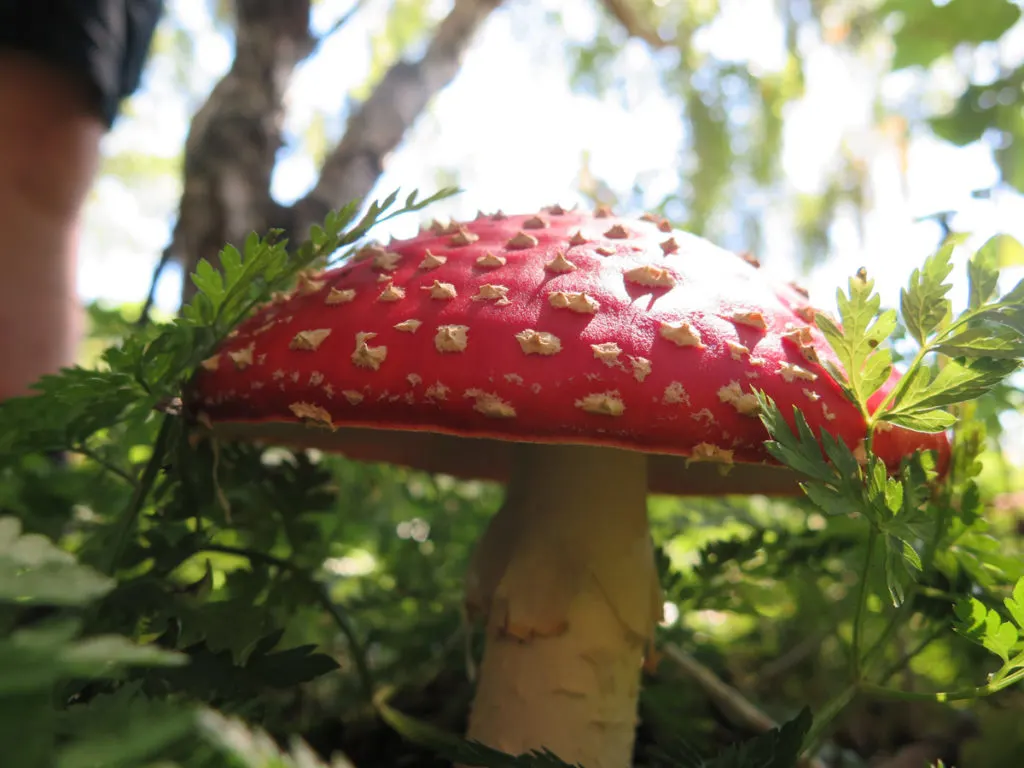
The climate on the south coast of New Zealand is cool-temperate. Edible trees that grow well here include apples, pears, plums, peaches, walnuts, hazels, and sweet chestnuts and all feature in The Guyton’s food forest.
More recently Robert has started growing other fruit trees that are more suited to warmer climates in a large plastic house. These include banana, passion fruit, cherimoya, persimmon, and pomegranate and, so far, all are doing very well.
The forest understory is a mix of many varieties of plants. Some of these are for the pollinators, some assist the health of the fruit trees directly such as the wild onion and comfrey, some are medicinal plants for human health such as the elecampane and kawa kawa, and some are used for tea making such as lemon verbena, mints, lemon balm, and chamomile.
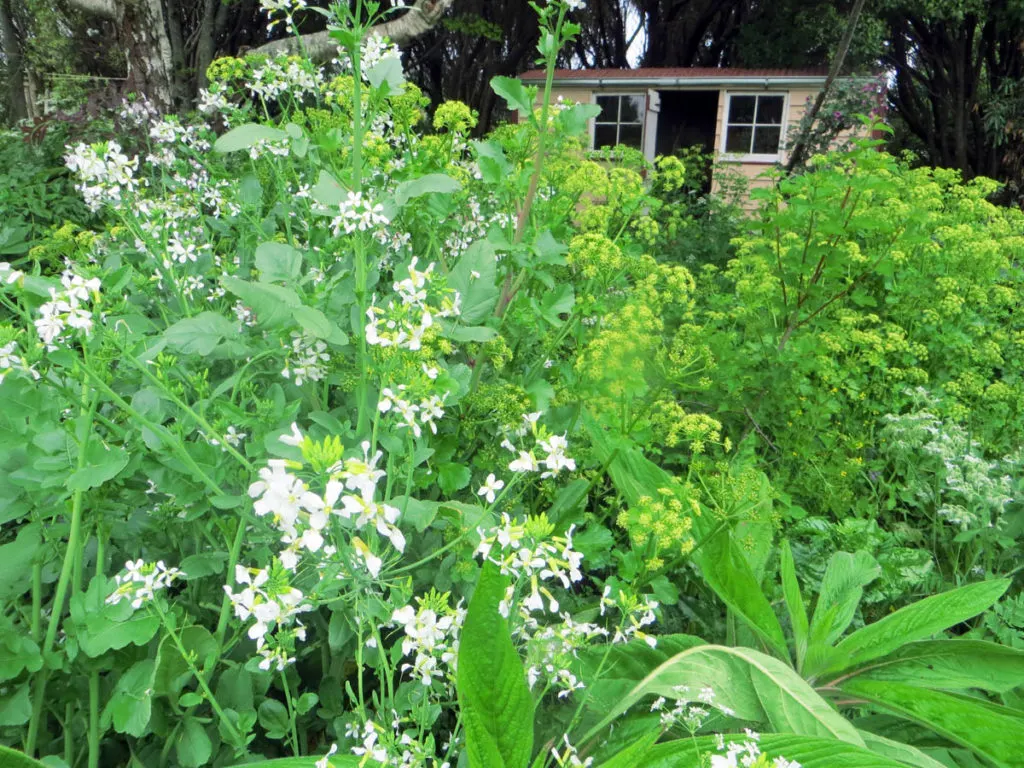
The most prolific soil cover plant is cow parsley (wild chervil), which was employed to manage the tough grasses that grew here, balanced with edible alexanders.
Now there is no need to outsource anything. The forest is self-sustaining and gets steadily more diverse and more fertile as the years pass by. The only exterior input is any seeds that arrive as donations from friends and visitors.
Maintenance is also minimal.
Robert does not use any power tools. No strimmers, chainsaws, or chippers. The vast majority of his jobs are tackled with a sharp spade and a decent pruning saw. “I like to leave the management to natural processes. Walking over the herbal ground-cover plants is usually enough to keep them in check and pruning with a saw lets the light in,” he says.
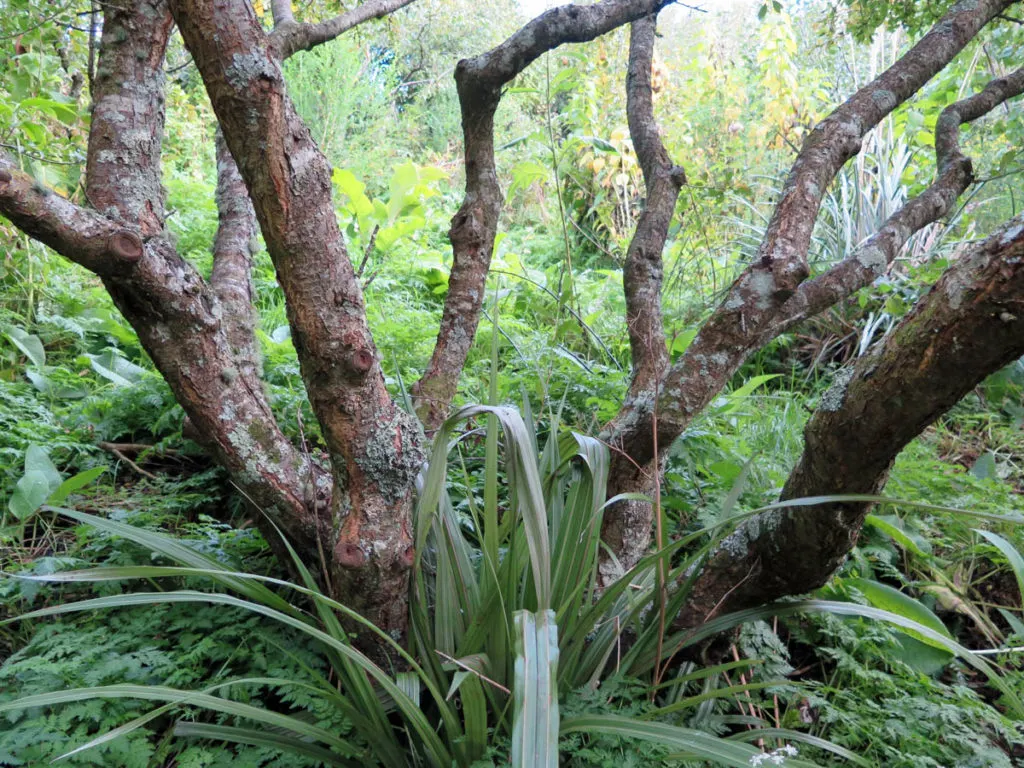
One of the biggest challenges of a typical garden or allotment is sourcing enough organic matter to mulch and nourish the soil.
There is no such issue with a forest garden where biomass is always in abundance all around you. Robert enjoys shaping the trees and shrubs and lets pruned branches lie where they fall, encouraging complex and stable fungal networks to establish and do their magic.
The incredible natural diversity and vigor of well-designed, well-managed forest gardens mean few problems with pests and diseases. This is another area of seemingly eternal woe for most conventional gardeners and homesteaders.
“Our insect pests are well managed by our predatory-insect populations which are strengthened by the plants they utilize, so we don’t have to fight, or even think about, them,” comments Robert. “Disease is not an issue for us, though we do see some instances, as, I believe, the vitality of the soil and the complexity of the forest keeps pathogens at bay, or at least, under control.”
The Guytons concentrate mainly on perennial plants for food: their fruit and nut trees, of course, plus lower layer edibles such as berry bushes, mushrooms, Jerusalem artichokes, mashuas, gunneras, rhubarb, and cardoons.
They also regularly broadcast annual seeds into the forest and give them the opportunity to grow naturally. “Our annual vegetable favorites are prolific seeders such as lamb’s quarters and kale that look after themselves and seed freely,” says Robert.
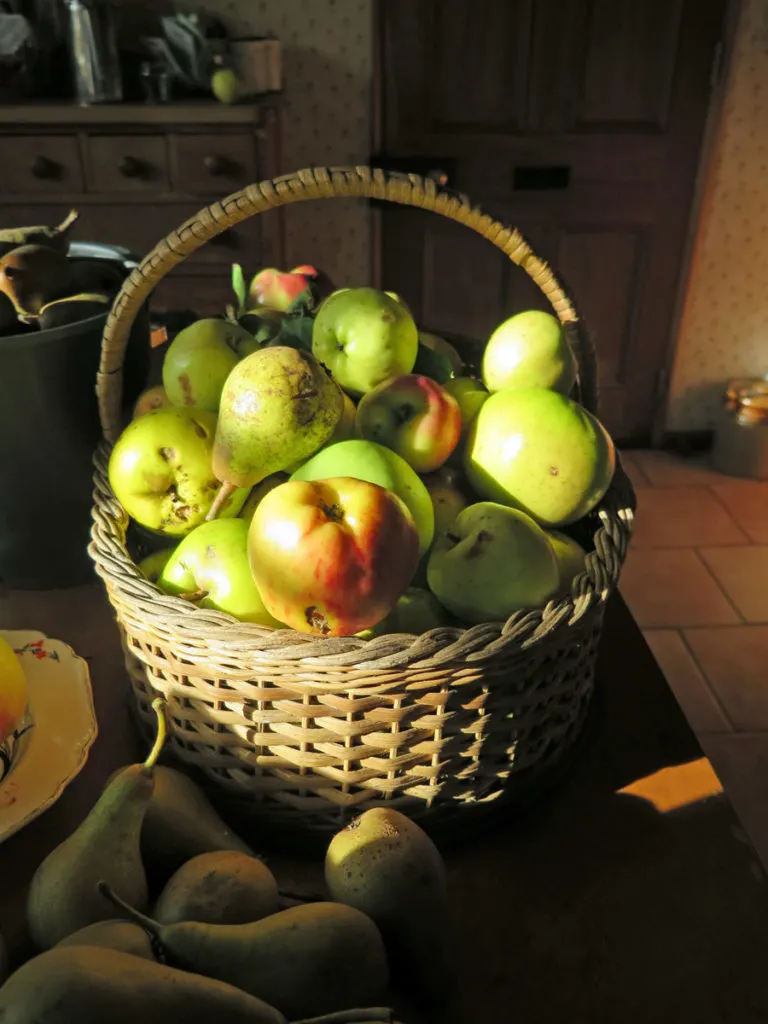
Food self-sufficiency is not the goal here in The Guytons’ food forest.
They could do it for sure, but place greater value on the community network of food growers in their local area and prefer to support others. They produce vast quantities of fruit (much more than they could eat, drink, bottle, freeze, or dry) and this excess is used to trade for things that aren’t as suited to their style of forest garden, such as carrots.
The Guyton food forest is a wonderful example of how humans can flourish and prosper in perfect harmony with nature. This particular model functions as a cohesive strand of its local community.
Other forest gardeners may prefer to be more self-contained, growing a wider variety of plants to provide for their every need, such as more annual vegetables and plants to provide fiber, like hemp.
When asked about the biggest challenges they face in managing their forest garden, Robert can only come up with over-abundance. “Our biggest challenge is the size of the harvest and getting it all in; we generally can’t manage and much returns to the soil or feeds the birds. Even though we have willing helpers, late autumn is a time of pressure, but in a good way; over-abundance is a nice challenge.”
Some final words of advice to budding new forest gardeners from Robert: “Learn to propagate, then propagate, propagate, propagate; it’s the gift we can offer back to the natural world!”
If starting a food forest sounds like a daunting task, here are a few beginner-friendly permaculture projects to get you on the right track.

Get the famous Rural Sprout newsletter delivered to your inbox.
Including Sunday ramblings from our editor, Tracey, as well as “What’s Up Wednesday” our roundup of what’s in season and new article updates and alerts.
